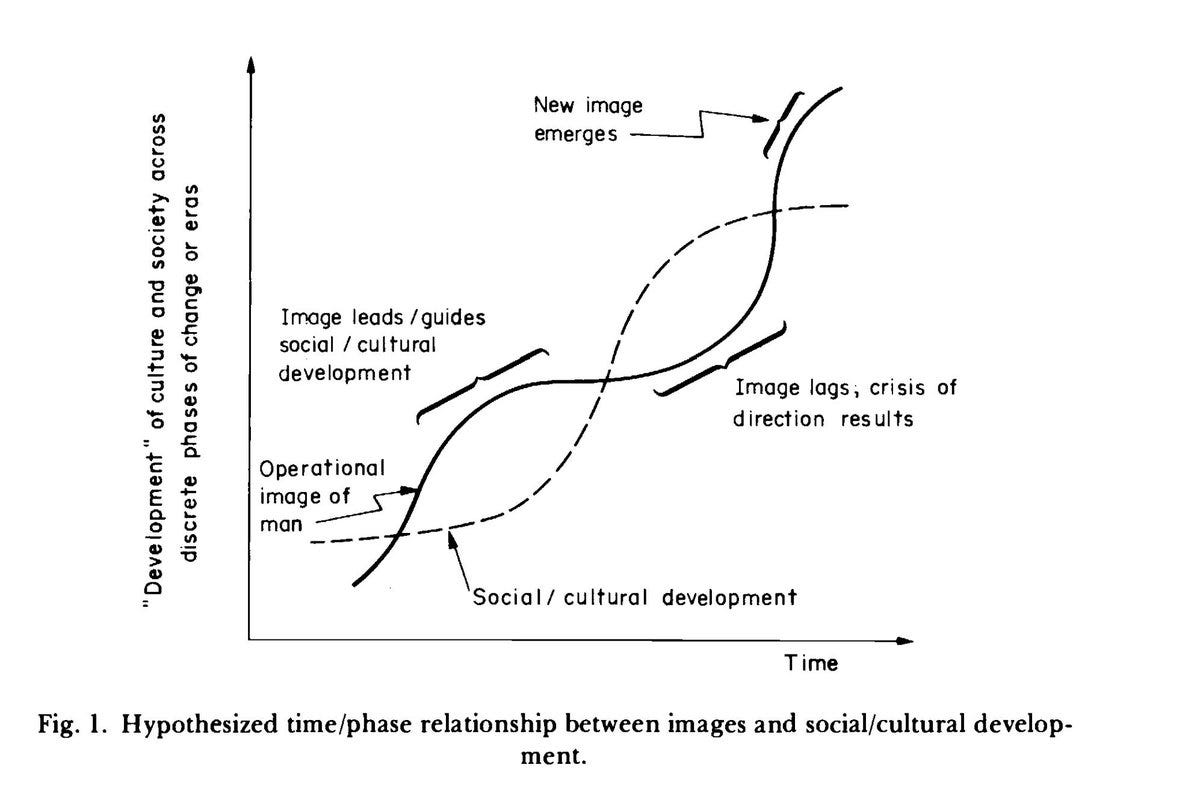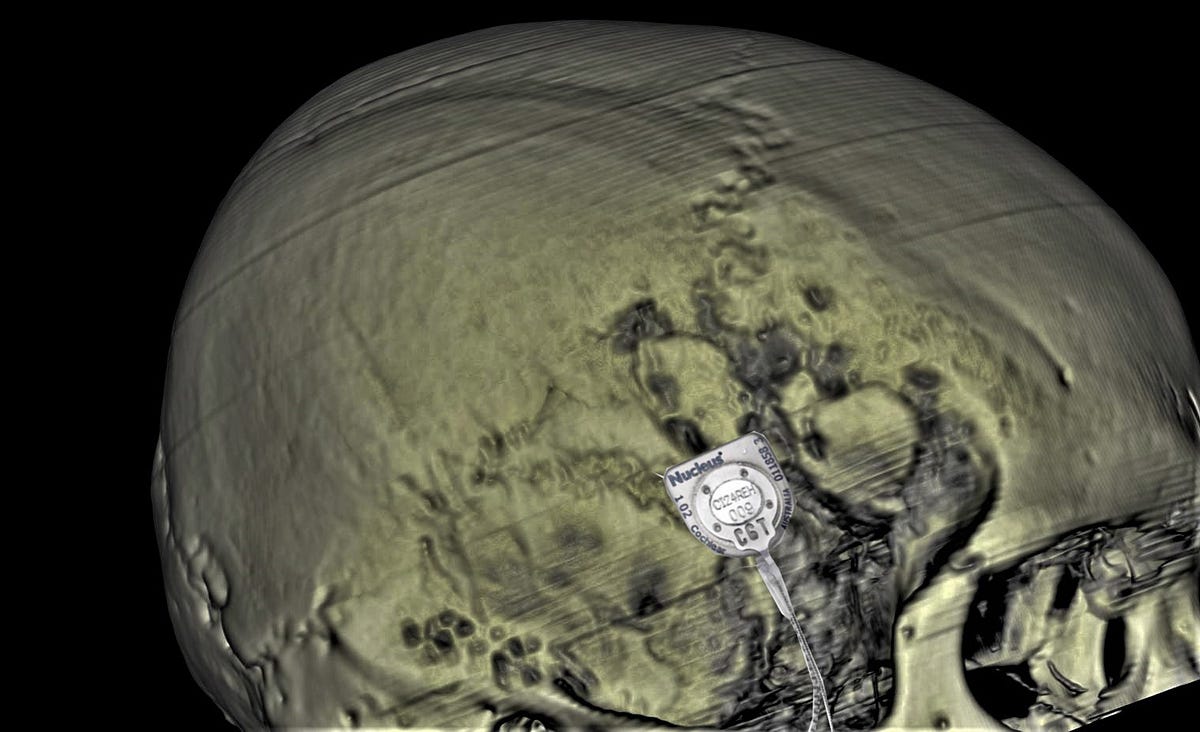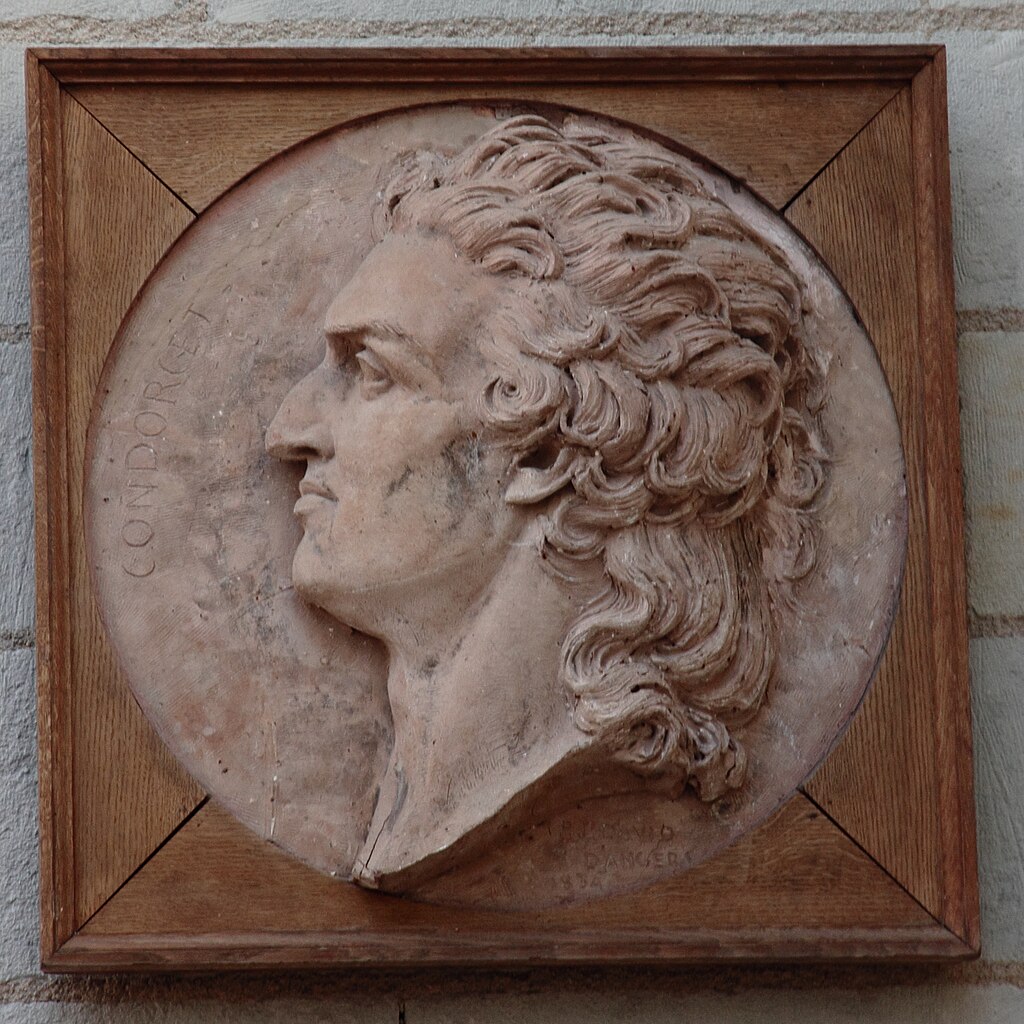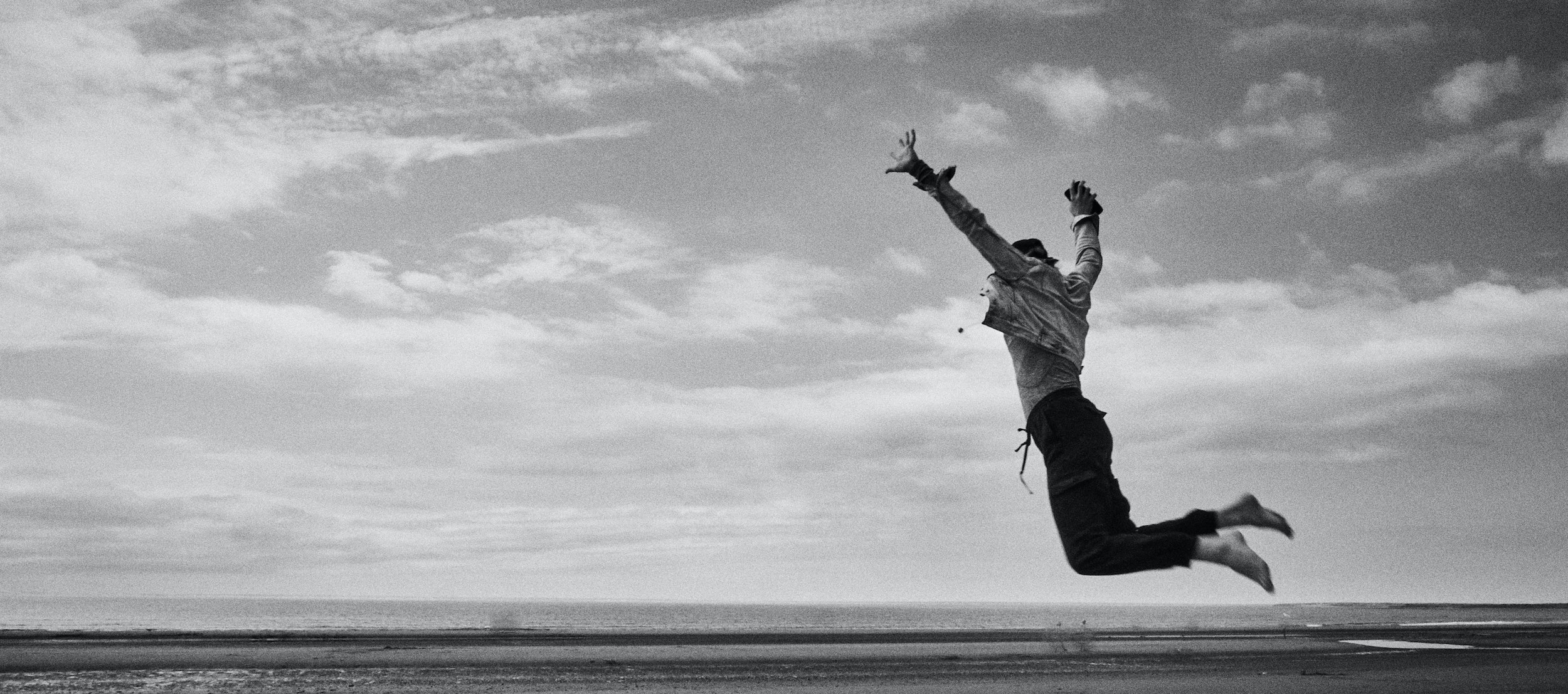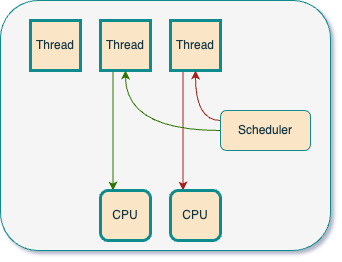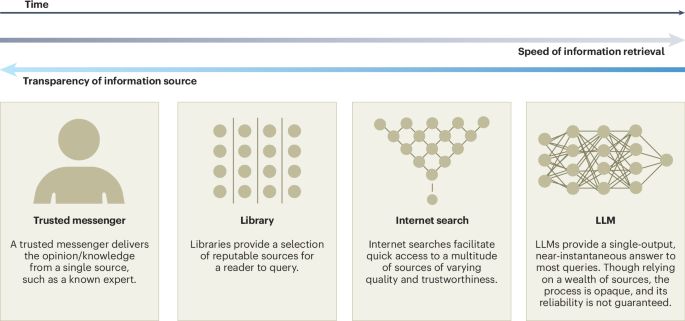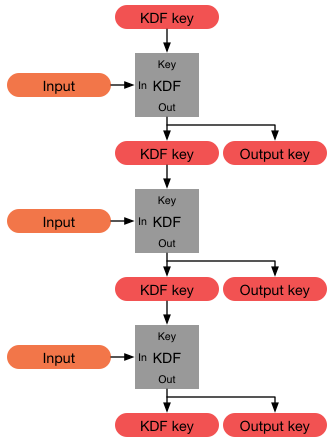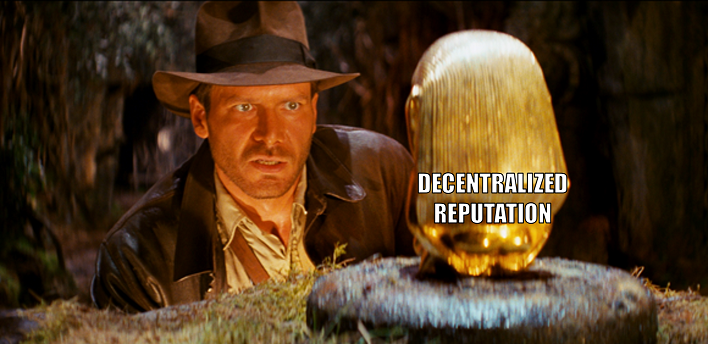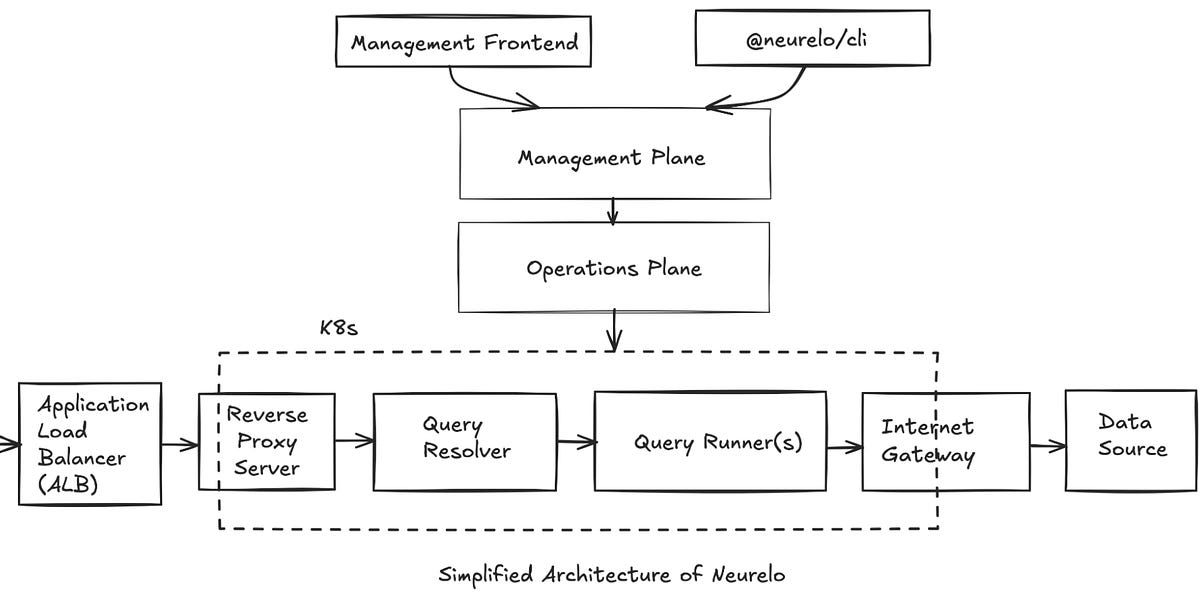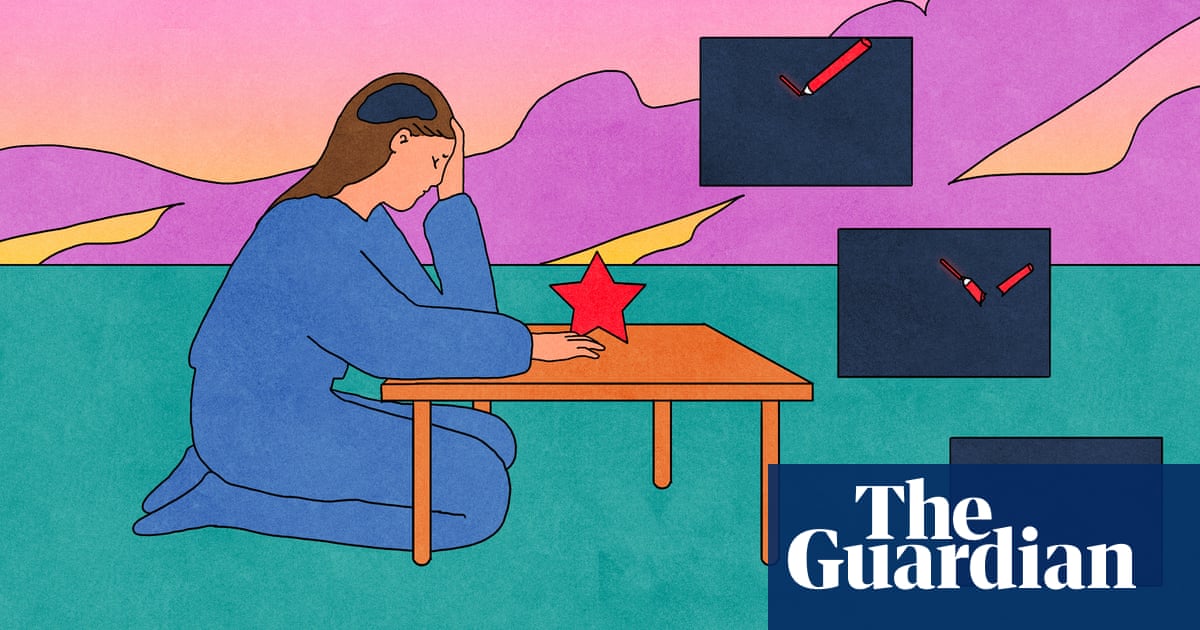
I can’t picture things in my mind. I didn’t realize that was unusual
I discovered I had aphantasia by accident. When you live your entire life without a “mind’s eye”, it seems completely normal to visualize nothing when remembering people and places, or imagining the future.
Two years ago, I wrote an article about pupillometry, or the measurement of a person’s pupils to infer their cognitive state. Joel Pearson, a psychologist and neuroscientist at the University of New South Wales, was trying to use pupils as a biomarker to assess aphantasia, a condition thought to affect about 3.9% of people.
A quick at-home test for aphantasia, I learned, was called the red star or red apple test. Close your eyes and picture a red apple. How well can you see the apple visually on a scale of 1 to 5, with 1 being the most vivid? Can you see its color, shape and the length of the stem? Is it a bit hazy, coming in and out of focus? For me, I saw nothing – no fuzzy outline, no hint of any image at all. While working on my story, I thought, “Well, no one can really see an apple when they close their eyes. It’s just a metaphor.” Then, I asked some friends. Not everyone was a 1, but most could see between 1 and 4. (There’s also a more official questionnaire, called the Vividness of Visual Imagery Questionnaire, or the VVIQ.)
“But can you really see it?” I pressed, confused. I know what an apple looks like. I can easily describe many varieties of apples to you right now, even the subtle differences in their coloration. But when I do so, I don’t “see” anything – I retain these details in a different way.
